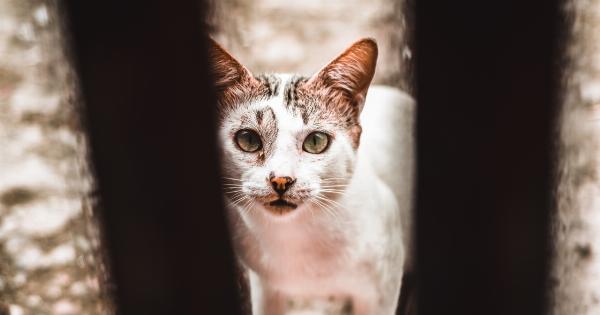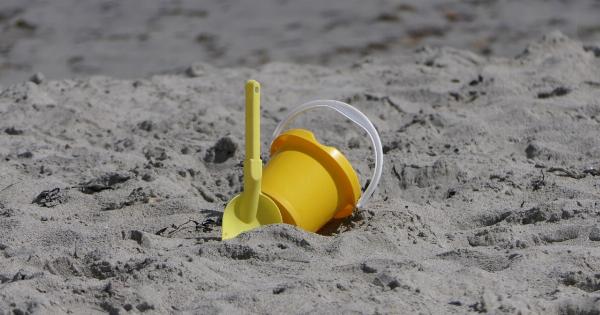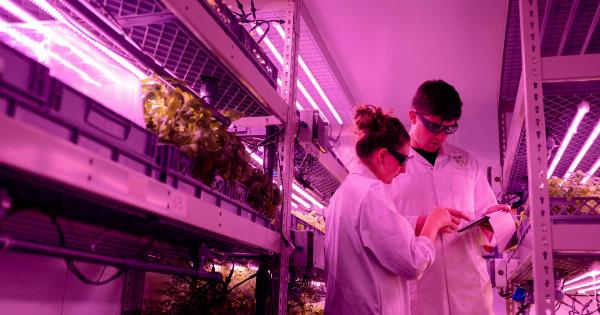Lipas, commonly known as cockroaches, play an essential role in the ecosystem. Though most people consider them as pests to be eliminated, these insects have a significant impact on the environment and serve various purposes.
Understanding the role of lipas allows us to appreciate their presence and make informed decisions about their control.
The Importance of Lipas in Decomposition
One of the primary roles lipas play is in the process of decomposition. These insects are highly efficient at breaking down organic matter, including dead plants and animals, into simpler compounds.
Cockroaches consume decaying materials like fallen leaves, fruits, and carcasses, converting them into nutrients that can be recycled back into the ecosystem. Their activities help maintain the balance of nutrients in the soil and contribute to the overall health of the environment.
Lipas as Scavengers
Lipas are opportunistic scavengers, feeding on a wide range of organic materials. They play a crucial role in consuming and recycling decaying matter that would otherwise accumulate.
By consuming waste products, they help prevent the spread of diseases and the growth of harmful bacteria. In urban environments where organic waste can be a significant problem, lipas contribute to keeping the surroundings clean by consuming leftover food and other organic debris.
Contribution to Nutrient Cycling
Through their feeding activities, lipas assist in the process of nutrient cycling. When they consume decaying material, lipas break it down into smaller particles.
These particles then mix with the soil, releasing essential nutrients that can be absorbed by plants. Lipas’ role in nutrient cycling helps to maintain the fertility of the soil and supports the growth of vegetation. This, in turn, benefits higher organisms, such as birds and mammals, which rely on plants for food and shelter.
Role in Controlling Pest Populations
While lipas themselves may be considered pests when their populations grow in homes or buildings, they also play a role in controlling other pest species.
Cockroaches are adept predators and feed on small insects, spiders, and even other cockroach nymphs. By consuming these pests, lipas help regulate their populations and minimize potential agricultural damage. In natural environments, lipas contribute to maintaining a balance between different insect communities.
Adaptability and Survival Skills
Lipas are highly adaptable creatures with remarkable survival skills. They can withstand extreme temperatures, survive without food for long periods, and even tolerate exposure to various toxins.
These traits have allowed them to thrive in diverse environments, including urban areas. However, their adaptability also poses challenges when trying to control their populations in human dwellings.
The Need for Pest Control
While lipas play important roles in the ecosystem, their presence in homes and businesses can be a significant nuisance. Cockroaches are associated with uncleanliness and can contaminate food, spread disease-causing pathogens, and trigger allergies.
Therefore, it is crucial to strike a balance between appreciating the ecological roles of lipas and implementing effective pest control measures when necessary.
Preventing Lipas Infestation
Prevention is key when it comes to managing lipas in residential and commercial spaces. Some measures to prevent infestations include:.
1. Maintaining Cleanliness
Keeping spaces clean and free from food debris minimizes the attraction of lipas. Regularly sweeping, mopping, and wiping down surfaces can help prevent infestations.
2. Proper Food Storage
Storing food in airtight containers and ensuring that crumbs and spills are promptly cleaned up reduces the availability of food sources for lipas.
3. Fixing Plumbing Issues
Lipas are attracted to moisture, so fixing any leaks or plumbing issues can help deter them from entering the premises.
4. Sealing Entry Points
Sealing gaps and cracks in walls, floors, and windows prevents lipas from finding their way indoors.
5. Regular Trash Removal
Regularly emptying and cleaning trash cans and ensuring they have a tight-fitting lid helps prevent lipas from accessing food waste.
When to Say Goodbye to Lipas?
Although lipas can serve important ecological roles, infestations in homes and businesses are undesirable. If prevention methods fail to control the population, it may be necessary to consider pest control measures.
Signs of Infestation
It is crucial to identify the signs of a lipas infestation early to take appropriate action. Common signs include:.
1. Presence of Live Cockroaches
Spotting live cockroaches, especially during the day, can indicate a significant infestation.
2. Fecal Droppings
Fecal droppings resembling black pepper or coffee grounds may be visible in areas where lipas are active.
3. Musty Odor
A persistent musty odor, often described as a mix of grease and mold, may be an indication of a large cockroach population.
4. Egg Casings
Egg casings, known as oothecae, are often found in hidden areas or corners and indicate the presence of breeding lipas.
Pest Control Methods
There are various pest control methods available to manage lipas infestations:.
1. Chemical Control
Insecticides specifically formulated to target cockroaches can be effective in reducing the population. These should be used with caution and according to the instructions provided.
2. Biological Control
Biological control methods involve using natural predators or parasites to manage lipa populations. However, this method is less commonly used for indoor infestations.
3. Exclusion
Sealing entry points and placing barriers can help prevent lipas from entering indoor spaces.
4. Sanitation
Maintaining cleanliness and removing potential food and water sources can discourage cockroaches from staying and breeding in the area.
Professional Pest Control
While DIY methods can be effective for small infestations, professional pest control services may be necessary for severe or persistent lipa problems.
Pest control professionals have the expertise and tools to handle infestations safely and effectively.
Conclusion
Lipas, despite being deemed pests in homes and businesses, play vital roles in the environment. Their contributions to decomposition, nutrient cycling, and pest control highlight their ecological significance.
However, when lipas cause disturbances, it becomes necessary to take preventive measures and, in severe cases, implement pest control strategies. By understanding the role of lipas, we can make informed decisions about their management while preserving the delicate balance of the ecosystem.





























